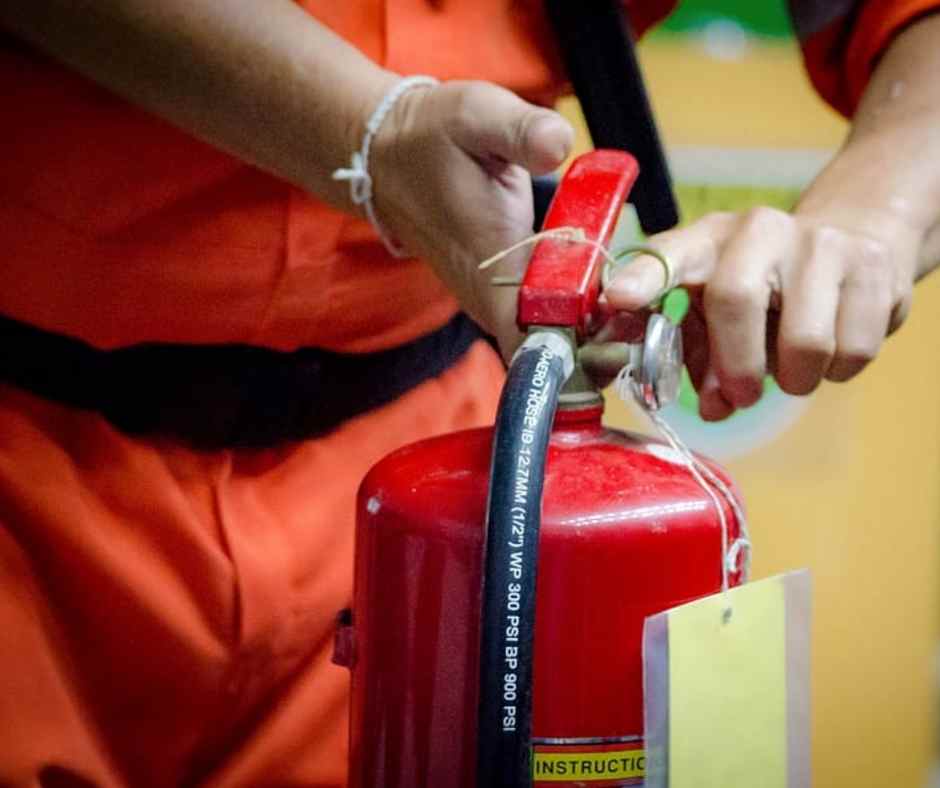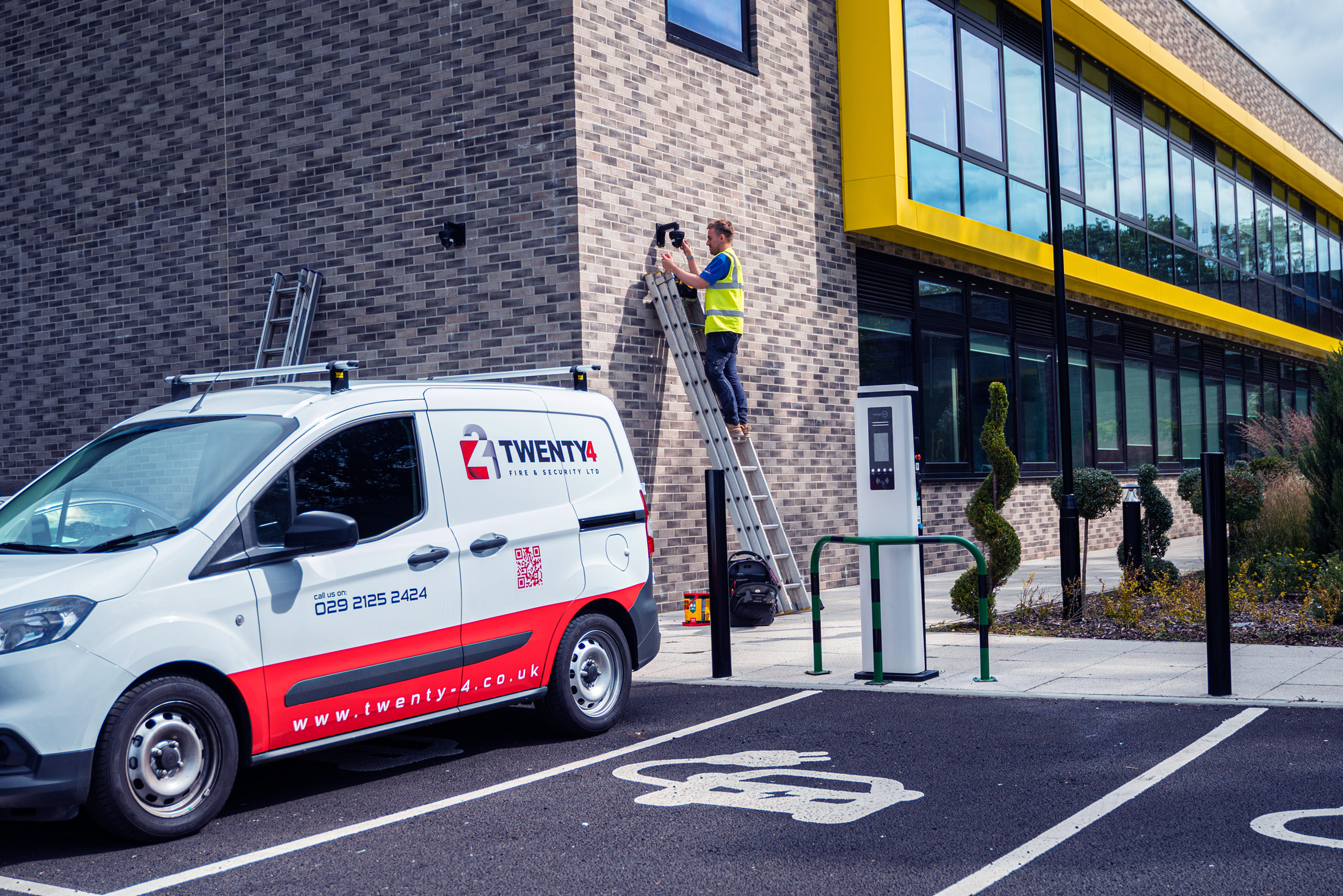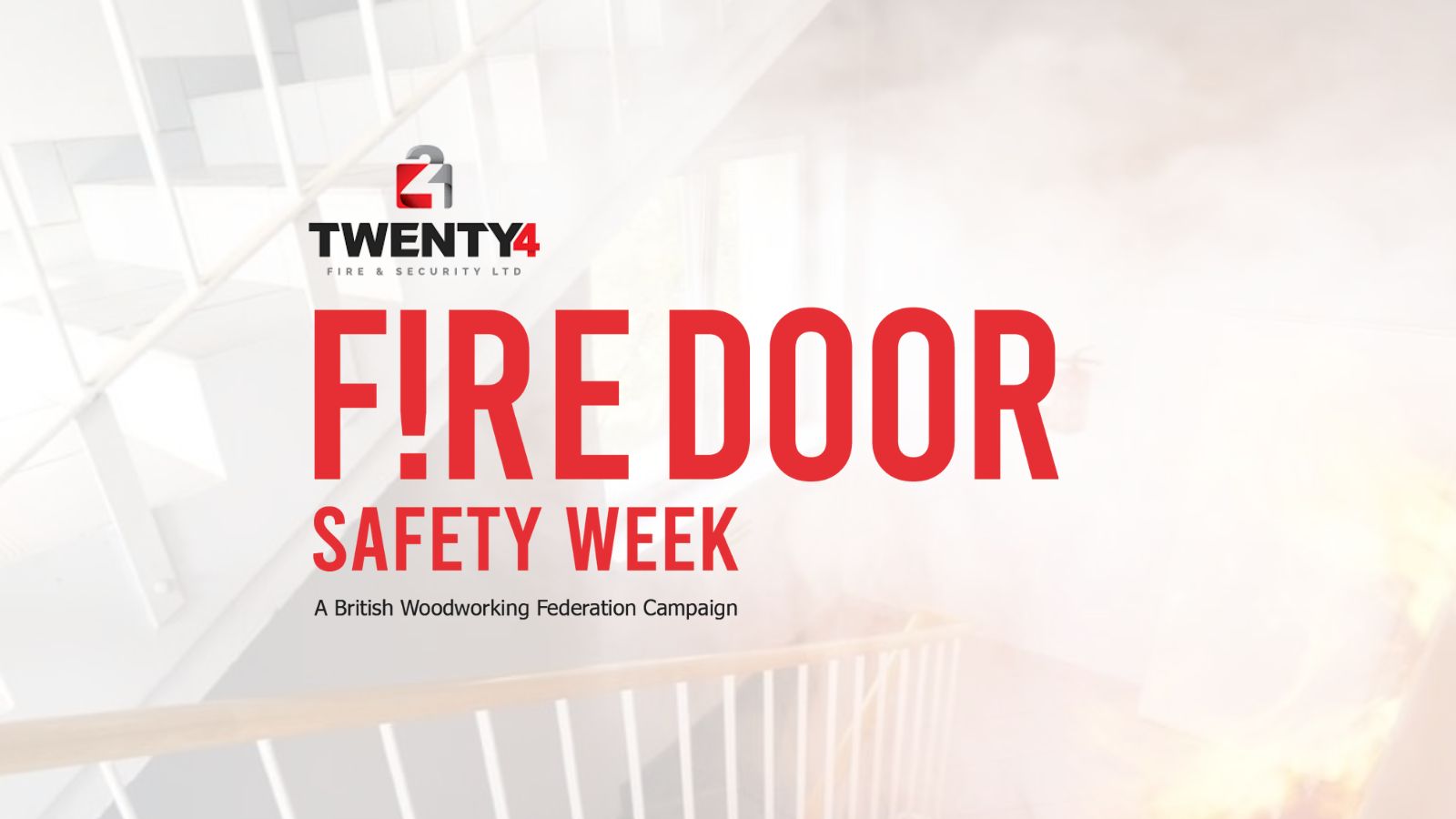Most commercial businesses in Wales and England have a whole bunch of fire safety regulations its owners/managers have to abide by. However, if a premises has more than 5 people using it regularly, an annual fire risk assessment will be required, with evidence of this needing to be recorded by law. This is why at Twenty-4, we are eager to guide the businesses of South Wales through the process, ensuring all premises within the region are compliant and aware of their risks.
Below, we take a look at 5 key steps for conducting an effective fire risk assessment. So, if you are your firm’s ‘Responsible Person’ or have just set up a business and are looking into fire safety, read on.
Identifying fire hazards
Because all businesses and properties are different, they all boast individual fire hazards. The first step of your fire risk assessment should be to identify these.
Firstly, think about how a potential fire could start. Do your premises have heaters, electrical goods, naked flames or any other apparatus that could cause a spark?
Then consider what is your place of work could catch fire and burn. For instance, do you have a lot of wood, packaging or chemicals on-site that could aid a fire in spreading?
Be sure to make a note of all the potentials hazards you find in and outside the property.
People
The next step is to think about the people at risk of being harmed in a fire. While all workers and visitors are arguably at risk, are there specific people that are more at risk than others? For instance night workers, employees, children with disabilities, etc.
Put in writing the people you believe to be especially vulnerable and why.
Evaluate and act
Now that you have formed a bit more of a picture of who and what could be harmed in the event of a blaze, it is time to start evaluating and making a plan of action as to how you will reduce the risks. How can you limit the risk of an accidental fire being caused? Are there ways you can limit the number of flammable materials on-site? Can you keep fuel and heat sources separate? Can you remove something that an arsonist could use to create a fire?
Once you have started this process, you now need to think about how you will keep people safe if a fire were to break out. Consider things like who will be responsible for calling 999, who will do the head-count and identify clear escapes routes that staff members and visitors can use.
Record, plan, and train
With a strong grasp on the fire risks and how to tackle them, you can now look to record your findings, putting a plan together to keep your place of work fire safe.
Once this has been done, you must communicate it with the other staff members, ensuring everyone knows what to do in the event of a fire and how to keep the business low risk. This should include actioning fire drills and ensuring everyone can fulfill their role in the event of an emergency.
Review
Now that you have a fire risk assessment in place, it must be constantly under review. This is especially the case if you welcome new staff members, change the purpose of the building or making significant structural changes to it.
Appoint a professional Risk Assessor
If you do not have the time or capability to conduct your business’ fire risk assessment yourself, then we at Twenty-4 can help, sending one of our qualified Risk Assessors to your premises to conduct it for you.
To book your fire risk assessment, contact us today.





